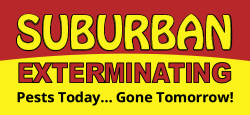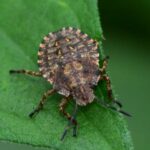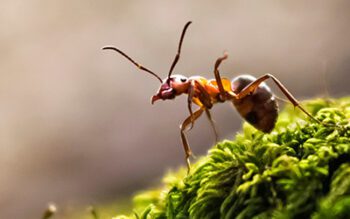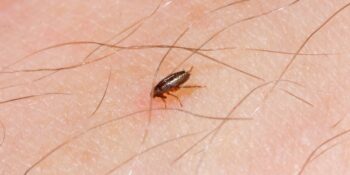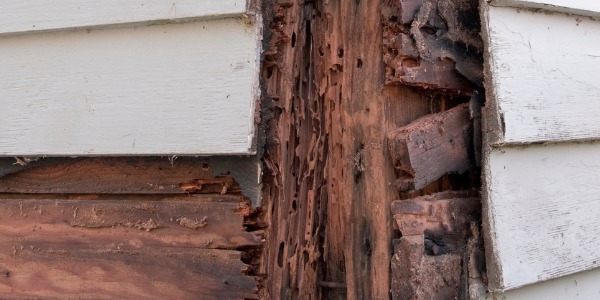
Termites are one of the most expensive pests that Long Island homeowners deal with. Not only can a termite infestation go unnoticed, but the repair costs for the damage they cause can be astronomical. Perhaps worst of all? Termite damages are rarely covered by homeowner’s insurance, so repair costs are almost always paid out of pocket.
When it comes to termites, it’s really not a matter of “if,” but “when,” which is why it’s so important to have a termite protection plan in place for your home (more on that later). There are, however, a few telltale signs of termites that you can check for yourself right now—here’s how.
Signs of Termites to Check for Right Now
1. Wood Damage 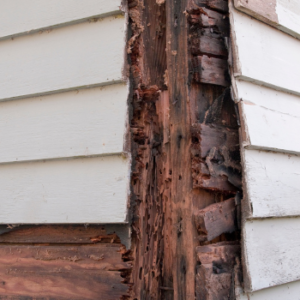
Termites feed not on wood directly, but the cellulose in wood, which is an organic compound and the main building block of many plants and other natural materials like cotton fibers and paper products.
The two primary termite species on Long Island are the subterranean termite and the drywood termite. Subterranean termites prefer munching on the soft fibers of springwood. Drywood termites, on the other hand, prefer dining on dry wood like that of your home’s frames, structural timber, hardwood flooring, and pieces of furniture.
Because of their love of cellulose, wood damage is one of the signs of termite damage you may notice in and around your home. Wood damage may be found in hard-to-reach areas like underneath your floors or behind walls, or it may be in more visible areas, too, such as a wooden porch. As termites feed on the cellulose in the wood, they leave behind grooves, splits, and cracks, which over time, weaken the structural integrity of the wood they’ve infested. Knock on the wooden structures of your home now. If you hear a hollow sound, it may be a sign of termites.
2. Wings
Do you suddenly have a lot of insect wings near your windows or doors? This sounds like a surefire sign of termites. In the spring, termites swarm after their original colonies are ready to expand. These reproductive termites swarm near well-lit, warm areas, and may resemble flying ants. Afterward, they’ll shed their wings because they’ll never need them again, and you may find them in massive numbers around your home.
3. Mud Tubes
Subterranean termites, as we mentioned earlier, are one of the most commonly spotted termite species in Long Island homes. They build their colonies in the soil beneath your home and will work their way up to their preferred above-ground food sources. How? Mud tubes! Made up of soil, wood, and good old-fashioned termite saliva, mud tubes are used by termites in a variety of ways.
Exploratory Tubes
These mud tubes are thin, fragile, and easy to spot. They branch out in various directions and can extend up to 15 feet above the ground. These tubes are used by termites in search of food, and they don’t connect directly to any wood.
Drop Tubes
These mud tubes may remind you of stalagmites in caves. They are used by termites as a means of connecting termite workers with food sources and have a similar diameter and fragility as exploratory tubes.
Swarm Tubes
Swarm tubes are created by termite swarmers, and can get quite large; some may exceed four feet in width. The purpose of these tubes is to protect swarmers while they leave the colony. When the moment is right, termite workers will direct swarmers toward the swarm tubes for protection, where the swarmers will make their way through and begin the swarming process.
Working Tubes
Working tubes are commonly used by termite colonies to transport as many as thousands of termites from their nests to their food sources each day. Interestingly enough, when mud tubes are in use, termites will create lanes inside, where some are used for transporting the grub, and others are used for construction and repair work.
Working tubes are generally ¼ inch to 1 inch in diameter, and you should look for them around your basement walls, foundation, sills, joists, subfloors, window frames, and under porches.
4. Frass
Frass, or termite droppings, is another key sign of a termite infestation. Since termites mostly feed on the cellulose in wood, that’s primarily what frass is made of. Depending on the type of wood the termites have been feeding on, the color of the frass will vary. Lighter woods like pine will result in lighter frass.
Most often, frass will pile up on the floor underneath window and door frames, along baseboards, and around the edges of porches. You may even find frass higher up in your home; it’s not uncommon for drywood termites to be found in attics and ceilings.
5. Visible Termites
Particularly during their spring swarming season, it’s possible you’ll see some termites in action. Discovering a swarm may be a key indicator of a termite infestation.
Another indicator is dead termite bodies—not a good sign! Often, termites are mistaken for ants. If you see white, ant-like insects in your home, keep in mind that there aren’t any white ants; you’re dealing with termites!
Protect Your Home from Termite Damage
Don’t let your home or wallet fall victim to costly termite damages and repairs. Suburban Exterminating offers two proven methods of termite protection: the state-of-the-art Sentricon Termite Baiting System, as well as conventional termite treatments.
To schedule a no-strings-attached inspection and learn about your options, call (631/516) 864-6900.
